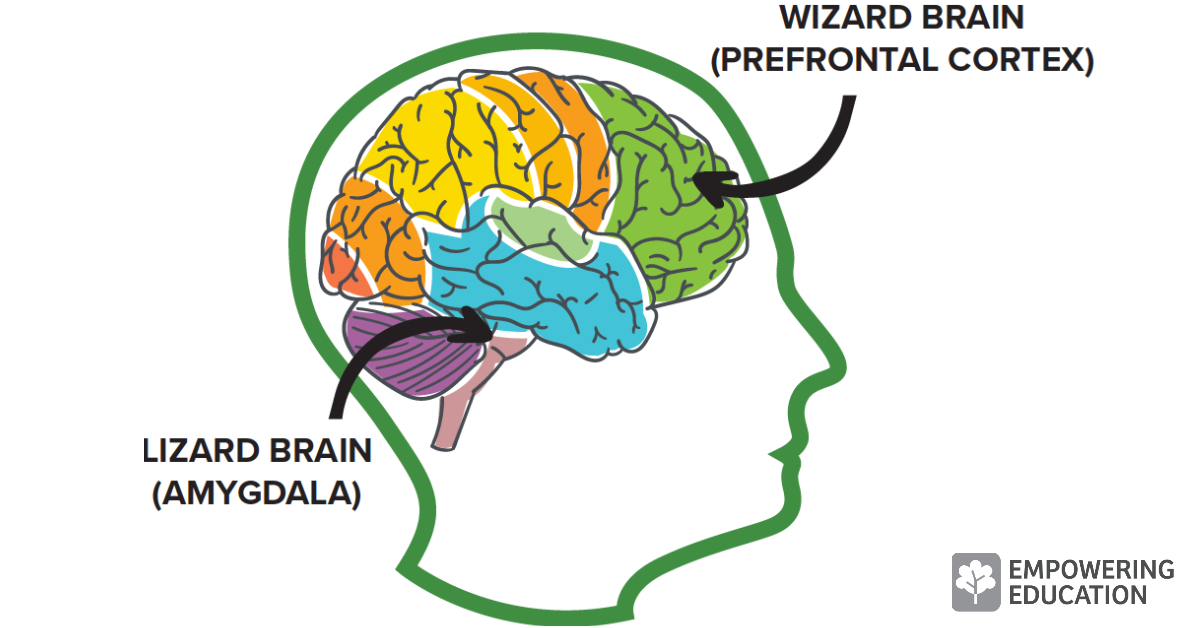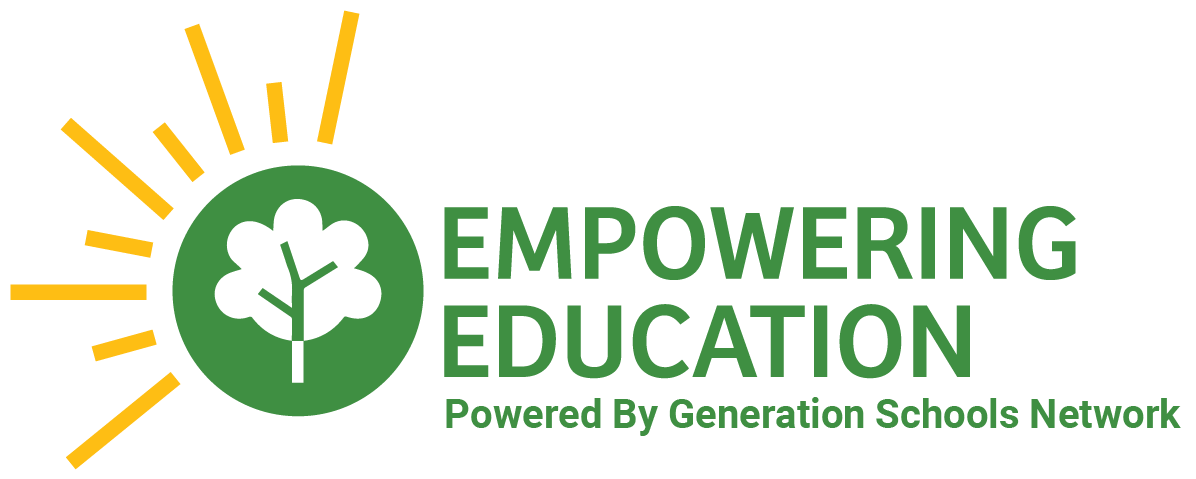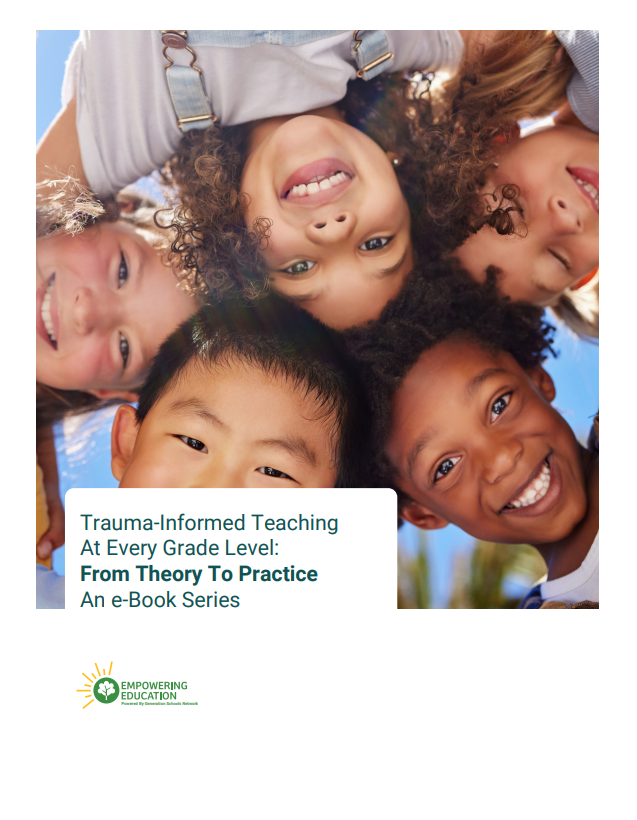Teaching Empathy to Young Children Creates Kind Adults
Teaching empathy to elementary students may seem second-tier to “more important” subjects like math and reading. However, the world needs empathy desperately.
From mass-layoffs, financial fragility, and mental illnesses — everyone was affected by the challenges brought about by the Coronavirus. Certainly, those moments of vulnerability continue to have an impact on our lives today. It is in those moments of vulnerability that we are in dire need of a silver lining. The best solution is kindness.
Kindness is consideration, generosity, and concern for others without any anticipated reward. The world needs kindness now more than ever, so it is most important to teach the skill of empathy to young people.
Teaching Empathy to Elementary Students is the Key To Kind Adults
In Panchal, Kamal, Cox, and Garfield (2021) it was revealed that the pandemic damaged many people’s mental health and worsened pre-existing mental illnesses and substance use disorders. In our day-to-day lives, we saw social media narrate unsuccessful COVID battles, job loss, and financial hardship. Kindness may not cure disease, but it can definitely help.
Many studies have proven the link between empathy and improved health outcomes. Compassion lowers heart rates and reduces the risks of coronary distress. Although adults may benefit from kindness, it is hard to teach compassion once a person has formed their worldview.
The best way to create kind habits in adults is to teach elementary students empathy. Empowering Education has a full lesson plan about empathy and compassion, but you may not realize the importance of teaching empathy to kids.
“Have courage and be kind”
- Cinderella
In the brain, acts of kindness bloom powerful chemicals like serotonin, dopamine, and oxytocin. These neurotransmitters give us feelings of joy, uplift our mood, and mitigate stress. While many grown-ups would like to reap the benefits of kindness, the reality is that empathy is easier said than done.
Teaching Empathy is For The Courageous
When you ask most people about how they show kindness, they would say simple things like opening a door for someone. However, there is a deeper meaning behind kind acts. True empathy requires not only understanding other people’s emotions but also acting as if their feelings were your own.
True empathy is the opposite of being soft or weak. Contrary to popular belief, a kind person is not someone who others can easily take advantage of. Compassion does not mean surrendering to a fight or avoiding confrontations. Those who see avoidance as kindness need a lesson in empathy!
Kindness is an unmatched strength. Often, kind acts are not easy because they defy our self-protecting logic. So how do we teach empathy to elementary students, before they’ve even fully developed social skills?
Teaching Empathy in the Classroom is About Making Kind Decisions
Dr. Wayne Dyer once wrote that whenever we are torn between being right and being kind, choose kind. Kindness is a mindset. Our ego is always threatened by being wrong. If we let our ego run the show, we create defense mechanisms that provoke conflict.
When we insist that we are right and that someone else is wrong, we are often accidentally unkind. Remember, only our thinking mind can tell between right and wrong, our emotional mind isn’t that logical! These two brains are called the “Lizard Brain,” which is always defensively thinking of survival, and the “Wizard Brain,” which is smart enough to make kind choices.
In this battle of the heart and mind, students need to be trained to choose the heart. The wizard is always forgiving and accepting. A kind heart does not always need to be right but can act from a place of non-judgment.

There are so many parents out there who raise their kids to be smart. This has formed the culture of valuing the concept of rightness over kindness. It is important to be knowledgeable, but sometimes our good sense needs a fact check.
Structured classroom teaching about empathy can undo this pattern. When kids choose to be kind rather than right, they create peace of mind for themselves and cause ripples in their community. To establish a practice that is empathetic and fully considerate of other peoples’ entire being, we recommend you start teaching about empathy!
Get The Full Lesson
Empowering Education offers full lesson plans for teachers on teaching empathy.


